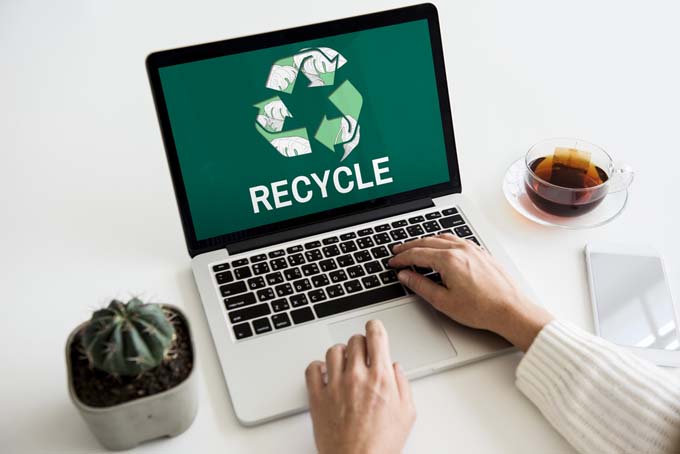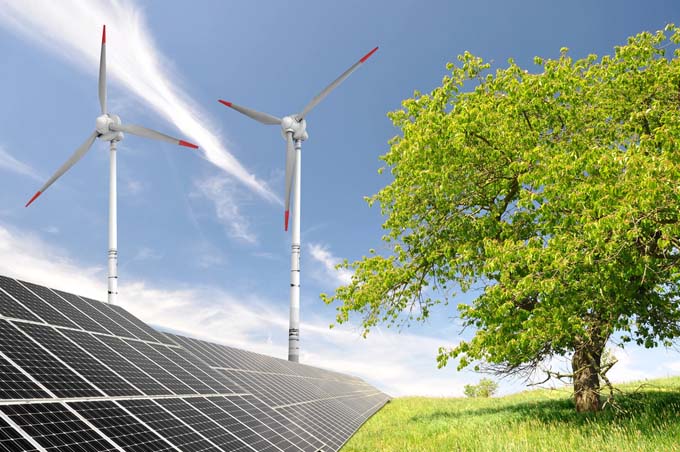IFAT 2018: The environmental industry takes aim at microplastics
Microplastics - for some years now, the quantity, distribution, and hazard potential of these plastic particles, which are less than 5 mm in size, have been the subject of increasing discussion. IFAT 2018 will show that a broad alliance of research institutions and companies is already working intensively on the search for input paths, avoidance strategies, possible measurement methods, and wastewater treatment processes.

Dealing with microplastics in water, wastewater, and possibly also in drinking water is definitely part of a world-leading trade fair like IFAT 2018 in Munich. Right at the opening of the trade fair on May 14, starting at 11:10 a.m., experts will discuss how rivers and oceans can be freed from plastic in the medium and long term under the title "Rethink - reduce - recycle plastic". Part of the discussion will also be the microparticles in waters and sewage treatment plants.
35 million euros for research
Another important point of contact at the trade fair is the stand of the German Federal Ministry of Education and Research (BMBF). Last fall, the ministry launched one of the world's largest research programs on plastics in the environment. Until 2021, 35 million euros will flow into 18 joint projects with around 100 partners from science, industry, associations and municipalities.
One of the focal points at the BMBF stand is the EmiStop joint project. The aim of the project is to optimize existing treatment technologies for industrial water - such as sedimentation, flotation and filtration processes - so that fewer microplastics end up in wastewater. Ideally, the particles could even be recycled from the wastewater back into production. At IFAT, the German Federal Ministry of Education and Research will be showing an electric flotation plant from EnviroChemie, the manufacturer in charge of EmiStop.
From car tires to the aquatic environment
At the booth of the Technical University (TU) Berlin, Department of Urban Water Management, the project RAU - Tire Abrasion in the Environment - is in the spotlight. According to scientists, the quantity and input of tire abrasion that enters the aquatic environment via road runoff have not been researched to date. The joint project now aims to provide clarity. At IFAT, TU Berlin will be exhibiting a sampling basket that can be used to examine road runoff directly on site.
The basket was developed together with the companies GKD-Gebr. Kufferath and ORI Abwassertechnik. Additionally, the university informs about the status quo of the research project OEMP - Optimized Materials and Processes for the Removal of Microplastics from the Water Cycle, which has already been running since April 2016. An already marketable product developed as part of this project is the Innolet G road gully filter from the manufacturer Funke Kunststoffe. With this system, existing gullies can be retrofitted with a wet sludge trap that reliably removes tire abrasion.
Last filter option: Wastewater treatment plants
The company Invent Umwelt- und Verfahrenstechnik - industrial partner of OEMP - presents the FILT rhombic filter at the exhibition center in Munich, which can be used downstream of the secondary clarifier at wastewater treatment plants. In addition to activated sludge flocs, precipitation flocs of phosphorus reduction and powdered activated carbon, the filter also retains microplastics. The ATB Water company has also targeted microplastics.
The company, which specializes in the construction of small wastewater treatment systems, says it is currently working intensively on a technical solution to filter out microplastics from the wastewater stream of small wastewater treatment plants.
Expert: Products must become recyclable
"The challenges facing us in reducing plastics in the environment are manifold," underlines Dr. Bettina Rechenberg. The head of the department "Sustainable Products and Production, Circular Economy" at the Federal Environment Agency continues: "To find a solution, the inputs into the environment must also be quantified more precisely, for example via composts and fermentation residues, as well as reduced by updating the state of the art."
According to her, possible inputs into the environment and recyclability must also be given even greater consideration in product and material development. To ensure that plastic does not end up in the environment, but rather back in products as recyclate even more than before, recycling plants would have to provide sufficiently high recyclate qualities. "Regardless of the current major research efforts, the industries should already be preparing for these tasks today," the expert emphasizes.
IFAT in May, with its more than 3,100 exhibitors, will show how the recycling and wastewater industry is facing up to these challenges.









